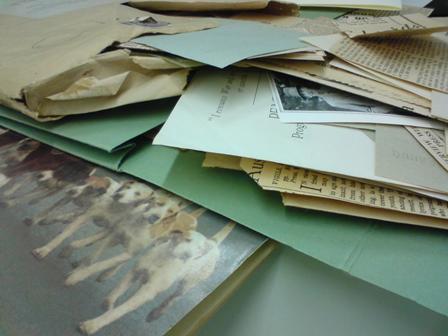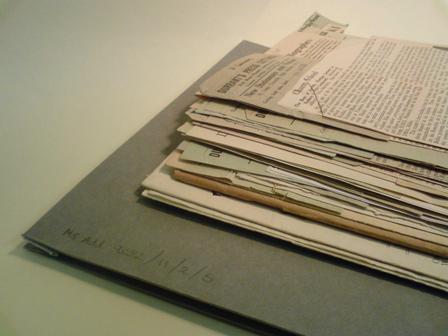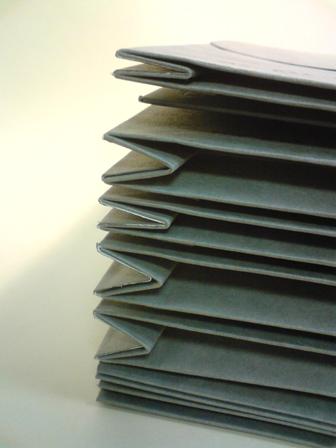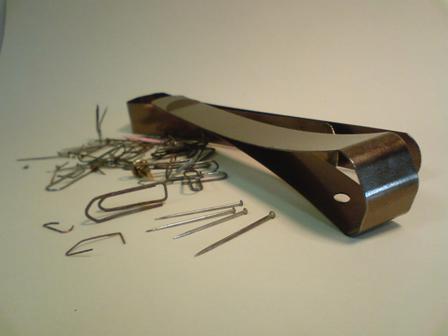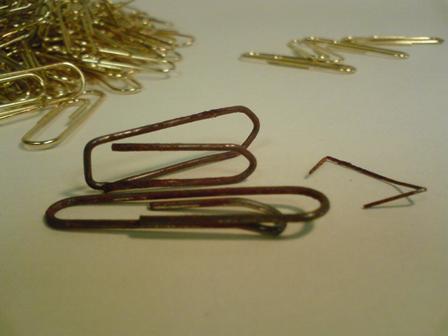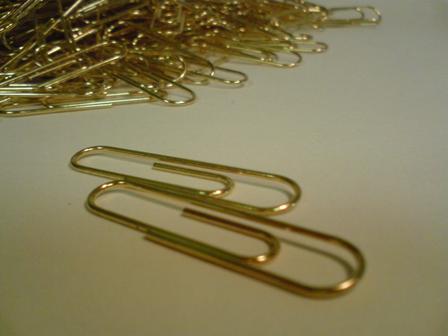A recording of the Sassoon panel discussion in Cambridge on 20 July, with Jon Stallworthy, Max Egremont, Santanu Das and Tim Kendall, has now been made available via the University’s Streaming Media Service: <http://sms.cam.ac.uk/media/866563>.
The BBC news website has an audio slideshow based on ‘Dream Voices’, produced by Paul Kerley, who’s put together an interesting mixture of images, music and poetry. It’s at http://www.bbc.co.uk/news/uk-10714688.
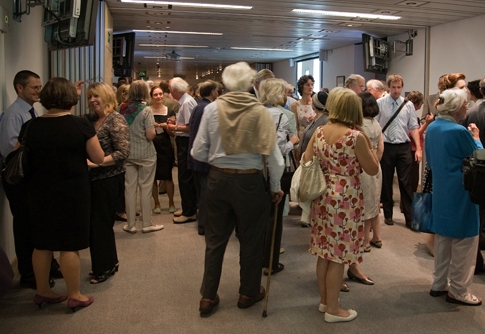
The 'Dream Voices' opening reception
The Library’s exhibition, ‘Dream Voices: Siegfried Sassoon, Memory and War’, opened to the public at 9.00 this morning. The supporting web pages are now visible at http://www.lib.cam.ac.uk/exhibitions/Sassoon/index.html.
Our celebration opening event yesterday afternoon went off well. About a hundred people attended a panel discussion in Robinson College, chaired by Jon Stallworthy. Max Egremont spoke on Sassoon’s life and continuing significance as a writer, Santanu Das explored Sassoon’s responses in verse and prose to the death of his friend David Thomas in 1916, and Tim Kendall spoke about ‘The Kiss’, the poem inspired by Major Campbell’s belligerent lecture on ‘The Spirit of the Bayonet’ (Sassoon’s notes taken at the lecture are on display in the exhibition). We’re planning to put a link to a recording of this event on the blog shortly.
Then it was back to the Exhibition Centre for the opening reception itself. Alison Richard, the University’s Vice-Chancellor, spoke about the importance Cambridge attached to securing the Sassoon Archive, and of the strong sense we had formed during last year’s fundraising campaign that there was a widespread appreciation in the country of the importance of Sassoon both as a writer and as a representative of the First World War generation. Max Egremont thanked the contributors to the fundraising effort, and underlined the general feeling that the Archive had found its proper home in the University Library, before declaring ‘Dream Voices’ officially open. We hope that as many people as possible will come and visit over the next five months.
No, not a verdict on the exhibition — but a vital piece of information missing from the ‘Motorbikes’ post below. I’ve been told by a conservator colleague who knows about these things that I should have specified the make of machine on which Ivan Hart-Davies made his record-breaking John o’ Groats to Land’s End ride. It was a Triumph.
The cleaning fluid used to give the glass of the Exhibition Centre display cases a last polish has a very distinctive smell – maybe it’s a detergent marketing team’s idea of ‘Pine’. Whatever it’s supposed to remind me of, I always find it evocative: it tells me the job of mounting the exhibition is more or less complete.
The fortnights during which we change our displays bring together the work of many of the colleagues who contribute to the exhibitions programme. The conservators, who have appraised every item to make sure it can be safely exhibited and spent weeks making cradles and backing-boards, now oversee the placement of the manuscripts, books and pictures in the cases. Once everything is in position we make final decisions on the shape of the caption labels, and the conservators print them onto heavy paper, cut them to size and back them onto board for a professional finish.
While this is going on, Imaging Services mount the wall panels. The panels – a metre by a metre and a half – describe the themes of the display and provide additional visual interest in the form of images of poems, drawings or diary entries that aren’t on show in the display cases themselves. The panels are printed here in the Library, but designed by an external design consultancy which has also worked on various other aspects of the ‘Dream Voices’ project, such as posters, banners and guides. There are four panels surrounding the pillar in the Exhibition Centre, and the Library’s joiners have fixed up a new system of frames for mounting these, which look very smart.
Our I.T. experts have prepared a full set of web pages to complement the exhibition, and these will go live at http://www.lib.cam.ac.uk/exhibitions/Sassoon/index.html later today. Meanwhile, my colleague as Joint Exhibitions Officer has been busy working on the distribution of print publicity and the production of large-type texts of the exhibition.
At the end of last week, just on schedule, we made the final adjustments to the position of the exhibits and captions: tiny nudgings and touchings, eighths and sixteenths of inches, until everything looks as straight and perpendicular as the uneven edges of elderly volumes and documents will allow. It’s only when exhibits and captions are brought together in the cases that we can see where shadows will fall, and we improvise with stands and mounts to avoid having shady patches in the wrong places. Yesterday morning the electrician refocused the spotlights on the wall panels, and the conservators have taken measurements of the light levels in the cases to ensure against damage to the paper, inks and pigments of the documents. The case lids have been closed for the last time, putting an air-tight seal between the exhibits and the outside environment. It’s now safe to squirt the cleaning fluid.
The smell of success? Our visitors will be the judges of that.
Blog readers with a subscription to the Times newspaper online site might like to read a recent article by Jack Malvern on the possible link between a sketch by Sassoon in one of his war journals and the poem Died of Wounds:
http://www.thetimes.co.uk/tto/arts/books/article2646164.ece
The journal to which the article refers (classmark MS Add. 9852/1/7) covers a period in mid 1916 when Sassoon was recovering from enteritis or ‘trench fever ‘. It is among the items that will be on show as part of the ‘Dream Voices’ exhibition which opens this Wednesday, and will be displayed showing his observations of events on 1 July 1916, the first day of the Battle of the Somme.
http://www.lib.cam.ac.uk/exhibitions/Sassoon/index.html
Today we begin putting ‘Dream Voices: Siegfried Sassoon, Memory and War’ into the Exhibition Centre. The first job is to unload the exhibits from the previous display, ‘Under Covers: Documenting Spies’. Unloading an exhibition hardly seems to take any time at all: a quick transfer of books, maps and manuscripts onto trolleys, and they’re ready for return to their accustomed places on the Library shelves. Half a year to prepare, and half an hour to dismantle.
Still — the decks are now cleared for Sassoon.

